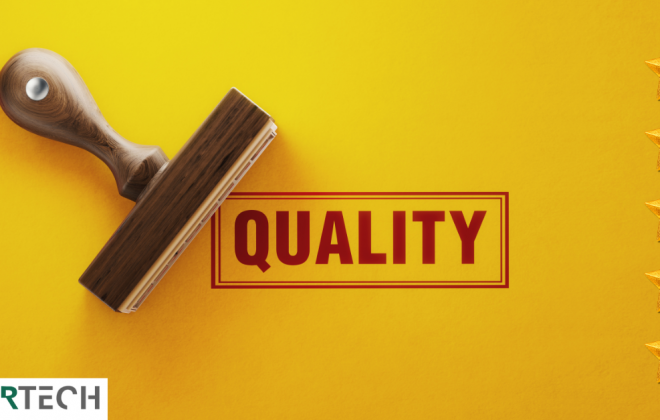Optimizing Cost: Reducing Cost Without Compromising Quality
In today’s competitive manufacturing landscape, the development of Internet of Things (IoT) devices presents both opportunities and challenges. While IoT technology promises to revolutionize operations, manufacturers often face the daunting task of optimizing costs without sacrificing quality. In this blog post, we’ll explore strategies for reducing manufacturing cost. This will ensure that IoT devices meet the highest standards of performance and reliability.
Understanding the Challenge
Manufacturing IoT devices involves a range of expenses, including materials, labor, equipment, and overhead costs. Balancing these expenses while delivering a product that meets customer expectations can be a significant challenge for manufacturers.
Strategies for Cost Optimization
- Streamline Production Processes: Implementing lean manufacturing principles can help identify and eliminate inefficiencies in the production process, reducing waste and minimizing costs.
- Source Materials Wisely: Partnering with reliable suppliers and negotiating favorable pricing agreements can help lower material costs without compromising quality.
- Leverage Economies of Scale: Increasing production volumes can result in lower per-unit manufacturing costs through economies of scale. Manufacturers should explore options for scaling up production efficiently.
- Invest in Automation: Automating repetitive tasks can reduce labor costs and increase production efficiency. Investing in robotics and automation technology can yield long-term savings.
- Optimize Supply Chain Logistics: Streamlining supply chain operations, optimizing inventory levels, and minimizing transportation costs can contribute to overall cost reduction.
- Maximize Equipment Utilization: Ensuring that manufacturing equipment operates at maximum capacity and efficiency can help minimize downtime and reduce maintenance costs.
- Focus on Design for Manufacturability: Designing IoT devices with manufacturability in mind can simplify production processes, reduce assembly time, and lower labor costs.
- Embrace Value Engineering: Value engineering involves analyzing product components and processes to identify opportunities for cost reduction without compromising quality or performance.
- Continuous Improvement: Implementing a culture of continuous improvement allows manufacturers to identify cost-saving opportunities and optimize processes over time.
- Monitor and Control Costs: Regularly monitoring manufacturing expenses and implementing cost control measures can help manufacturers stay within budgetary constraints.
Conclusion
Reducing manufacturing expenses without compromising quality is a complex but achievable goal for manufacturers of IoT devices. By implementing strategies such as streamlining production processes, sourcing materials wisely, and investing in automation, manufacturers can optimize costs while delivering innovative and high-quality products to the market. With a focus on continuous improvement and cost control, manufacturers can position themselves for long-term success in the competitive IoT landscape.
For further insights into the device development and manufacturing, stay tuned to our blog for upcoming articles and expert analysis. Make sure to follow our Facebook Page as well so you will be updated with the latest news.
Facebook: Kaertech
Want to learn more what we can do? Check this out.
Tags In
Related Posts
Leave a Reply Cancel reply
Categories
- Barrier (2)
- Business (11)
- Engineering (6)
- Green (3)
- Guides (11)
- Innovation (11)
- Insights (17)
- Inspiration (11)
- Internet of Things (10)
- Manufacturing (16)
- Product Development (5)
- Quality (1)
- Safety (4)
- Security (1)
- Smart Factory (3)
- Sustainability (6)
- Technology (9)
- Tips & tricks (12)
- Uncategorized (1)




